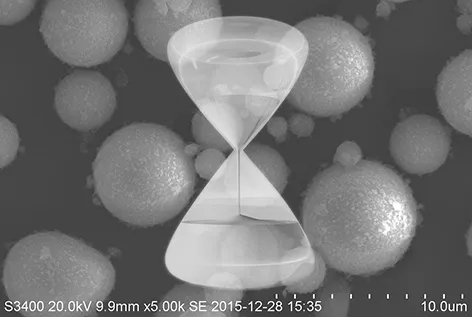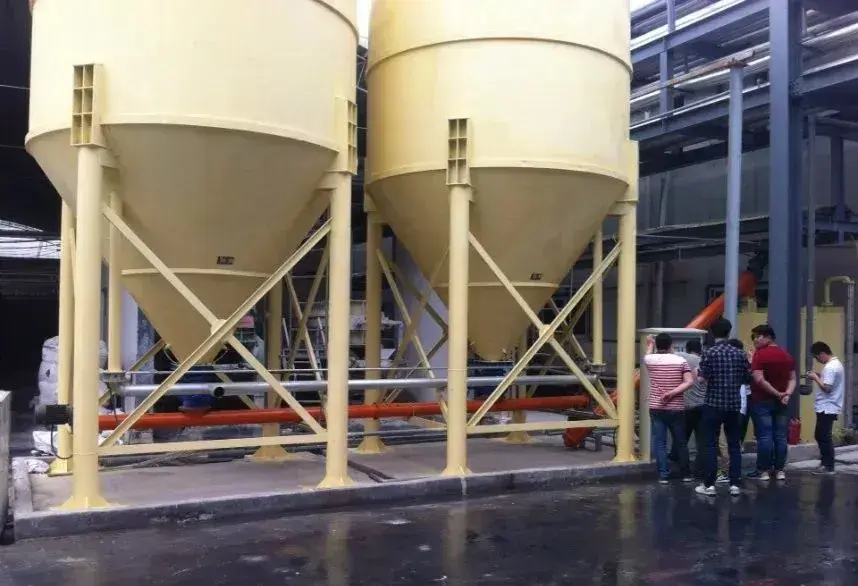With the rapid development of industry, downstream application enterprises have placed increasingly strict demands on ultrafine mica powder grinding and product quality. Currently, white mica powder with D90 ≈ 45 μm is mainly used in paper-making, latex paints, and rubber. However, high-end markets such as premium coatings, pearlescent pigments, and functional composites require micro- and nano-sized ultrafine mica powder to achieve better reinforcement, rheological control, and optical effects. Therefore, the efficient and large-scale ultrafine mica powder grinding process has become an urgent priority in the industry.
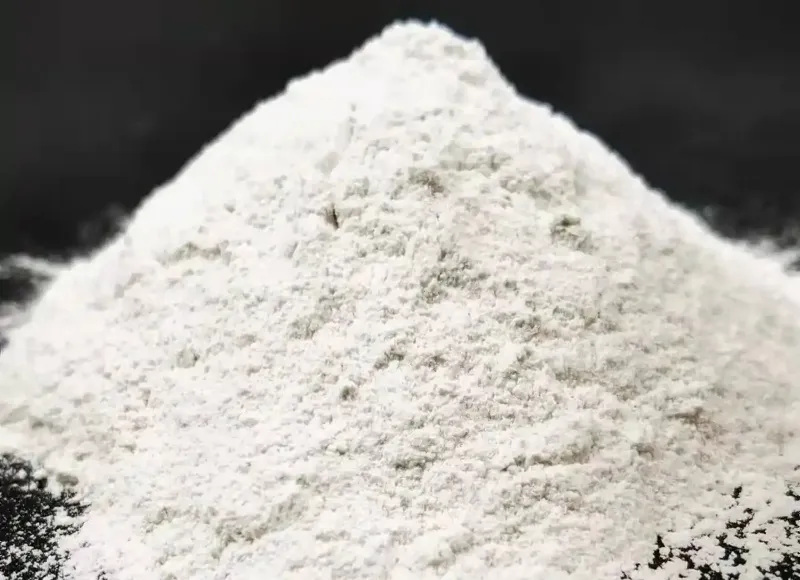
Ultrafine Mica Powder Grinding and Preparation
White mica, a layered silicate mineral, features weak bonding on cleavage planes but strong interlayer forces, making it a typical “hard-to-grind” mineral. Conventional equipment such as ball mills and Raymond mills struggle to achieve below 10 μm, causing many domestic mica producers to either export raw ore after coarse grinding or produce low-value products with D90 > 45 μm, resulting in resource waste and low market competitiveness.
Dry Ultrafine Grinding (Key Process)
Ultrafine grinding processes are divided into two categories: dry and wet.
The dry method has advantages of continuous operation, low energy consumption, and easy scalability, making it the mainstream route for micro-nano mica powder production. Main equipment includes:
- High-speed mechanical impact mill: Uses a rotor speed above 80 m/s to generate strong shear and impact forces, achieving D50 < 5 μm.
- Flat or loop-type jet mill: Utilizes supersonic particle collisions to achieve D97 = 2–3 μm with uniform shape and no mechanical contamination.
- Cyclonic or swirling self-grinding mill: Combines internal classification wheels for integrated “grinding + classification,” achieving D90 < 10 μm.
- High-precision dry air classifier: Turbine-driven forced classification enables precise particle cut sizes (±0.5 μm) with narrow distributions (SPAN < 1.2).
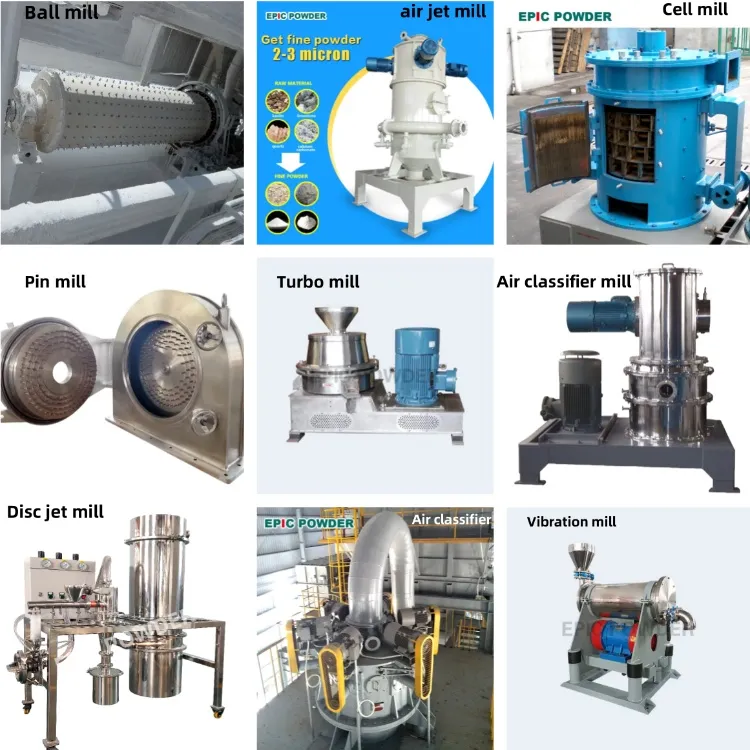
Core Advantages of Dry Grinding:
- Controllable particle size: D50 adjustable from 1–10 μm, meeting diverse needs such as pearlescent base (3–8 μm) and high-grade coating fillers (<5 μm).
- Shape preservation: Air collision minimizes structural damage, maintaining a high aspect ratio (>50).
- Clean production: No water or solvent use; dry packing; zero VOC emissions.
- Scalability: Single-line capacity up to 1–5 t/h, far exceeding wet methods.
Wet Ultrafine Grinding
This method uses sand mills, exfoliation mills, or colloid mills combined with hydrocyclone classification to produce ultrafine mica slurry (D50 < 2 μm). However, it has drawbacks such as high energy consumption, costly drying, and wastewater treatment challenges, limiting its large-scale application.
Mica Surface Coating and Modification
Ultrafine mica can be surface-coated to produce pearlescent and colored mica pigments, greatly enhancing weather resistance, dispersibility, and optical effects. The mainstream process—liquid-phase deposition (alkali method, hydrolysis method, buffer method)—uses titanium sources such as titanium tetrachloride or titanyl sulfate to deposit TiO₂ (anatase/rutile) in situ on mica surfaces. The coating thickness, precisely controlled between 40–150 nm, creates silver-white, iridescent, or metallic pearlescent effects.
Applications of Ultrafine Mica Powder
| Field | Typical Particle Size | Functional Contribution |
|---|---|---|
| Electrical Insulation | D50 3–8 μm | High breakdown strength, heat resistance |
| Functional Coating Filler | D97 < 5 μm | Rheology control, anti-settling, pearlescent/matting |
| Rubber/Plastic Reinforcement | D50 2–5 μm | Improved tensile strength, reduced thermal expansion |
| Cosmetics | D50 5–15 μm | Smooth texture, natural pearlescence |
| Welding Electrode Coating | D90 < 20 μm | Stable arc, reduced spatter |
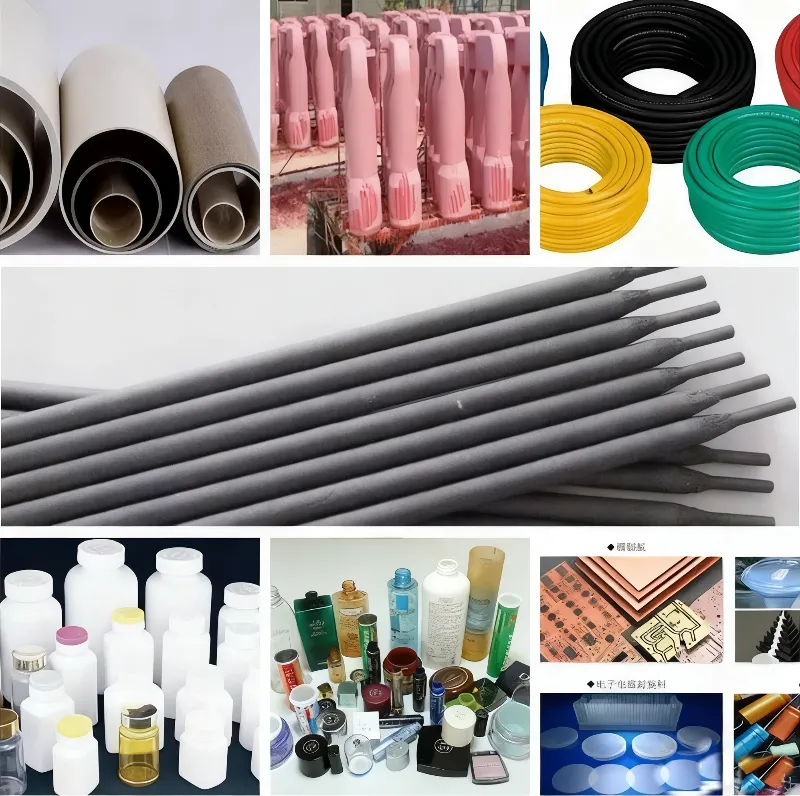
Conclusion
EPIC Powder specializes in dry ultrafine grinding systems, offering integrated jet mill + high-precision turbine classifier solutions. With single-line capacities ranging from 0.5 to 10 t/h, the system maintains D97 control between 2–10 μm, a particle size distribution SPAN < 1.3, and aspect ratio > 60. It integrates online particle size monitoring, automated control, and explosion-proof design. EPIC Powder has helped numerous mica producers achieve large-scale micro-nano powder production, successfully entering the supply chains of pearlescent pigments and high-end coatings.
Consult EPIC Powder — let the value of mica be refined to perfection.
